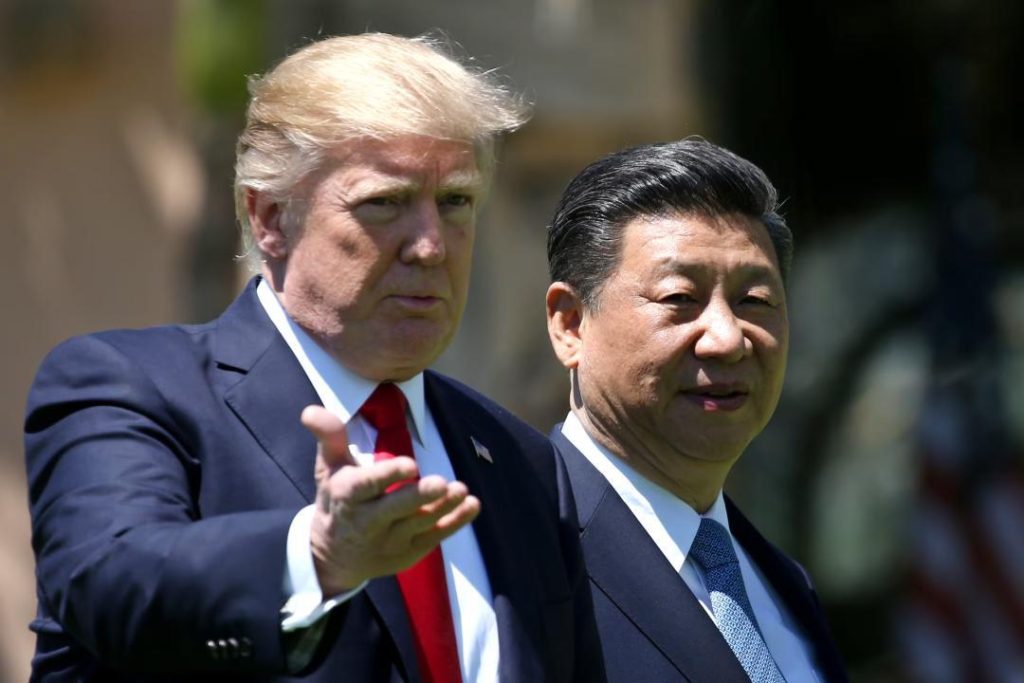
US Considering Cutting Tariffs on China to between 50-65%: Report
The ongoing trade tensions between the United States and China may be on the verge of a significant easing, as the White House is reportedly considering cutting its tariffs on Chinese imports. According to a recent report by The Wall Street Journal, the tariffs on China are likely to come down to between 50% and 65%, citing a White House official.
The news comes as a surprise to many, given the long-standing trade war between the two economic superpowers. The tariffs on China have been a major point of contention, with China facing tariffs of up to 245%, according to a White House fact sheet.
The proposed reduction in tariffs is seen as a significant step towards de-escalating tensions between the two nations. The trade war, which began in 2018, has had far-reaching consequences, including increased costs for consumers, reduced economic growth, and uncertainty for businesses.
The Trump administration had imposed the tariffs as a way to address what it saw as China’s unfair trade practices, including intellectual property theft and forced technology transfers. However, the tariffs have been met with significant resistance from China, which has retaliated with its own tariffs on US goods.
The proposed reduction in tariffs is seen as a sign that the Biden administration is willing to engage in a more constructive dialogue with China. The administration has been under pressure to address the ongoing trade tensions, which have had a significant impact on the global economy.
The proposed reduction in tariffs is also seen as a way to address the concerns of US businesses, which have been negatively impacted by the trade war. Many US companies have seen their profits decline as a result of the tariffs, which have increased the cost of goods and reduced their competitiveness in the global market.
The proposed reduction in tariffs is not without its challenges, however. China has been reluctant to make concessions on key issues, such as intellectual property protection and forced technology transfers. The US has also been concerned about China’s human rights record and its military buildup in the South China Sea.
Despite these challenges, the proposed reduction in tariffs is seen as a significant step towards improving US-China relations. The two nations have a long history of cooperation, and the proposed reduction in tariffs is seen as a way to rebuild trust and strengthen their economic and trade ties.
The proposed reduction in tariffs is also seen as a way to address the concerns of US consumers, who have been negatively impacted by the trade war. The tariffs have increased the cost of goods, including electronics, clothing, and furniture, which has had a significant impact on household budgets.
The proposed reduction in tariffs is likely to be welcomed by US businesses, which have been negatively impacted by the trade war. The tariffs have increased the cost of goods, reduced their competitiveness in the global market, and created uncertainty for their operations.
The proposed reduction in tariffs is also seen as a way to address the concerns of US farmers, who have been negatively impacted by the trade war. The tariffs have reduced their exports, increased their costs, and created uncertainty for their operations.
In conclusion, the proposed reduction in tariffs on China is a significant step towards de-escalating tensions between the two nations. The proposed reduction in tariffs is seen as a way to address the concerns of US businesses, consumers, and farmers, and to rebuild trust and strengthen US-China relations.
Source:






